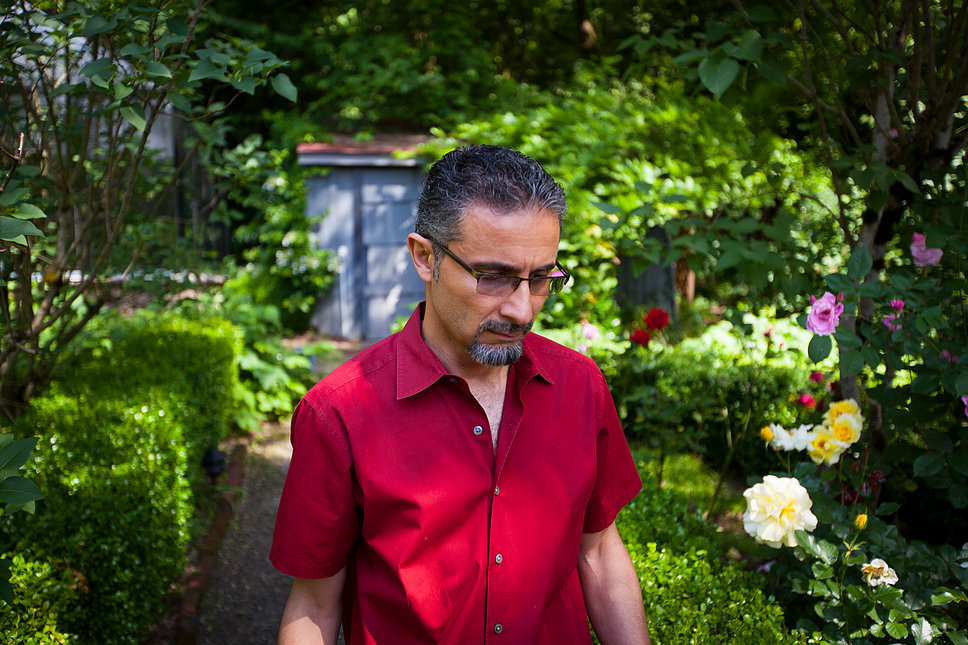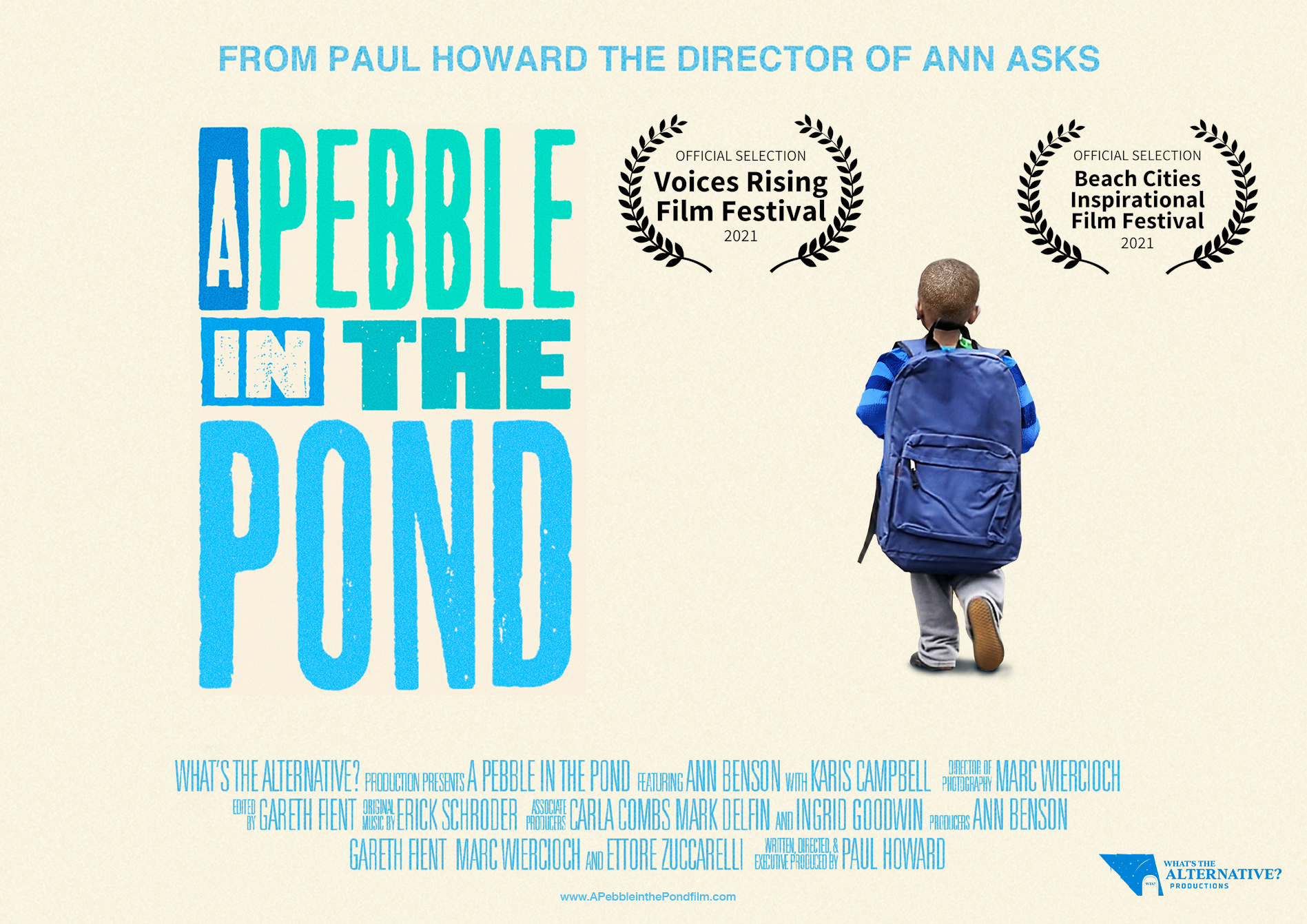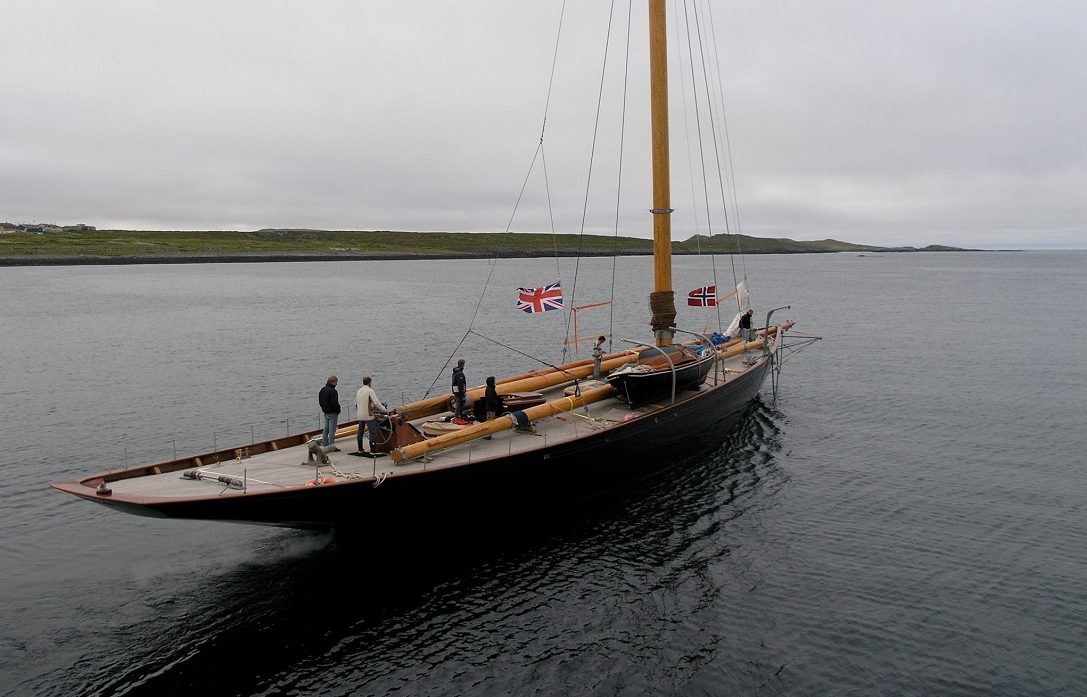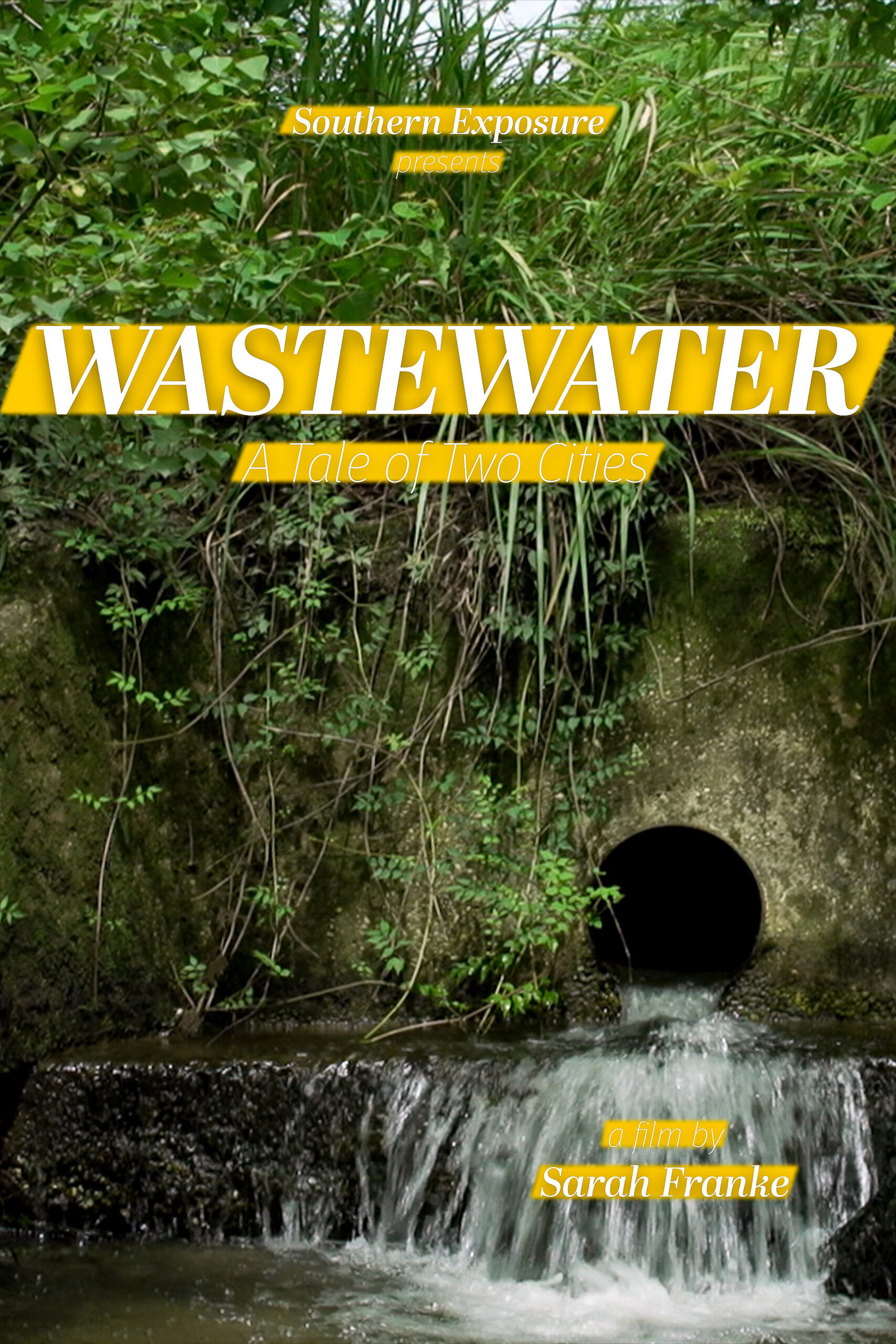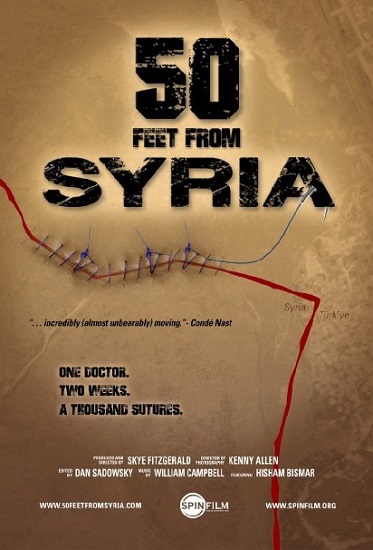
Directed by Skye Fitzgerald, “50 Feet from Syria” follows Dr. Hisham Bismar, a Syrian-American orthopedic surgeon, on a volunteer medical mission to a Turkish hospital on the Syrian border where he provides care to victims of the Syrian Civil War.
While Dr. Bismar is the central figure in the film, he isn’t necessarily the film’s focus.
Instead, much of the focus is on the experiences of others. Those who have incurred terrible injuries as a result of the war and those who live with the realities of the region each day and do their best to try and ease what suffering their skills and the day’s conditions allow.
As you would expect, the film includes many graphic scenes. However, most of the graphic images aren’t of surgical procedures, but of the distressing aftermath of traumatic injures caused by shrapnel, bullets, and chemical weapons. Are they difficult to watch? Yes. Should you watch them? Yes. Every person with an ounce of feeling in them should watch “50 Feet from Syria.”
Depending on where you live in the world, media coverage of the on-going crisis has taken many different forms. “50 Feet from Syria” provides an opportunity to see up-close the types of atrocities Syrians are facing on a daily basis and why so many have fled their homes. While there are lots of medical related scenes in the film, “50 Feet from Syria” is not a medical film. It is a film about humanity.
There is a stunning contrast of innocence and cruelty captured on-screen by Director of Photography Kenny Allen and Skye Fitzgerald. In addition to the heartbreaking scenes of injuries, there are numerous other scenes that have stuck with me since watching the film. Some are of quiet—even serene moments, while others are more chaotic (e.g. the scene at the border crossing with the golden-hearted businessman and his makeshift ambulance). Working in an unconstrained environment is a good test of any cinematographer’s skills. If you want to see that standard set high, Allen’s work in “50 Feet from Syria” is a superb example of visual storytelling done well.
I’m not sure how one mentally prepares for making a film like this or how one processes all they have seen once they’ve left a region that’s in discord. I suspect the answer to most things is by continuing to take action. Perhaps any action that moves life forward to a place of better common good. The ancient Greek tragedian Sophocles wrote, “If we always helped one another, no one would need luck.” It’s a sentiment that should be a call to action. No one should have to rely on luck to live. In the film Dr. Bismar says, “I don’t think what I’m doing is really anything special in particular. But I think every little bit helps. I know if I was in that situation, I would like to have somebody who would be able to provide care for me.”
During a crisis in which critics have at times seemed to have had the loudest voices and individual experiences often become lost or defined singularly, “50 Feet from Syria” educates through its sharing of personal experiences and reminds us that human decency exists alongside turmoil, and can and will prevail, so long as there are people willing to step up and help others rise through despair.
“50 Feet from Syria” is currently available on Netflix.
Photo Credit: Spin Film

